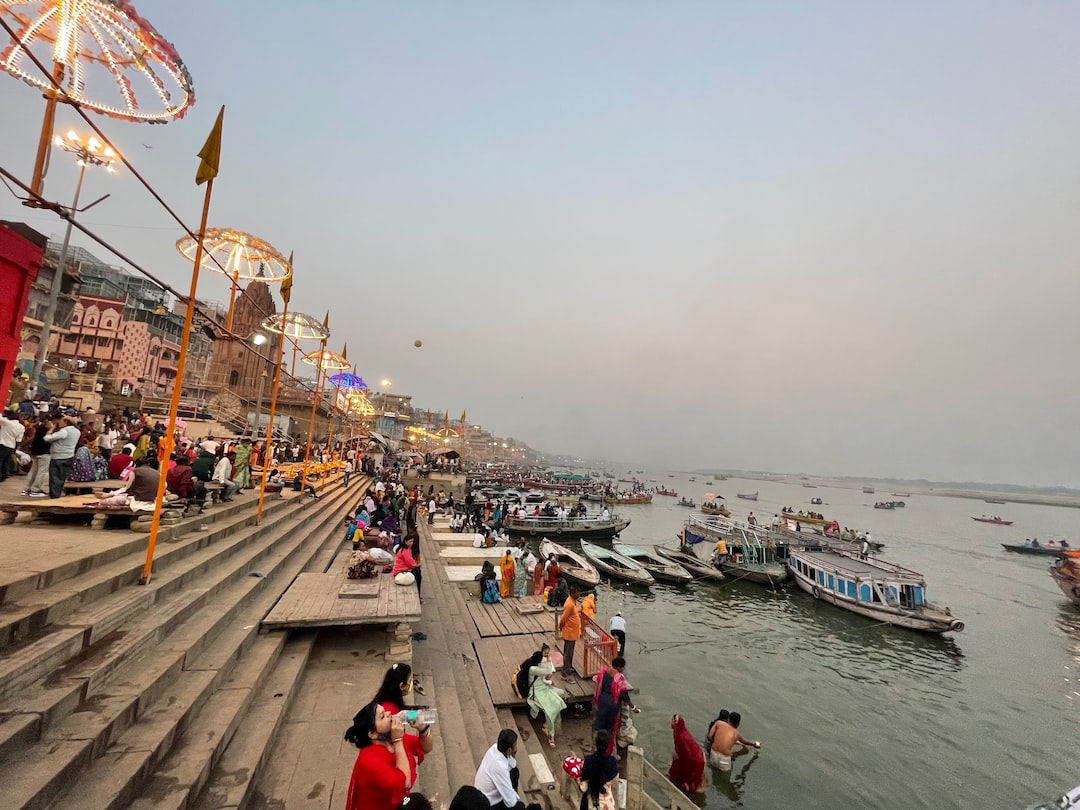Understanding Varanasi’s Caste System and Social Structure
Varanasi, also known as Banaras or Kashi, is one of the oldest cities in the world and holds immense religious and historical significance in India. Situated along the banks of the holy river Ganges, this city is not only famous for its spiritual aura but also for its unique caste system and social structure.
Caste system, prevalent in various regions of India, plays a significant role in Varanasi’s social fabric. Historically, this hierarchical system divided society into distinct groups, each with its own rights, duties, and privileges. The caste system originated based on one’s occupation, with each caste having a specific occupation and duties associated with it. Brahmans, the highest caste, bestowed with priestly duties, occupied the topmost position in the system. They were responsible for performing religious rituals and guiding the religious practices of individuals and communities. Kshatriyas, the warrior caste, were next in line and were entrusted with the task of protecting the society and ruling the region. Vaishyas, the merchant caste, held responsibilities involving trade and commerce, while Shudras, the laborer caste, performed manual and menial tasks. Below these main castes, there lies a vast number of sub-castes, each further defining the occupational and societal roles of its members.
Varanasi’s social structure is also deeply influenced by the caste system. Social relationships are largely based on caste, with individuals associating with people from their own caste. These relationships, in turn, form the basis of community bonding and support networks. Marriages, especially in rural areas, primarily occur within the same caste to maintain caste purity and honor. Furthermore, the caste system determines the access to resources, education, and job opportunities. The higher castes have historically had better access to these opportunities, while the lower castes, particularly those considered untouchable or Dalits, have faced discrimination and exclusion.
While the caste system is an integral part of Varanasi’s social structure, significant efforts have been made in recent years to eradicate caste-based discrimination and promote social equality. Affirmative action policies, such as reservation quotas in educational institutions and government jobs, have been implemented to uplift the marginalized castes. Various social organizations and non-governmental bodies have also been working towards raising awareness and addressing caste-based discrimination. However, despite these efforts, the caste system continues to influence the social dynamics of Varanasi.
Understanding Varanasi’s caste system and social structure can provide valuable insights into the city’s rich cultural heritage and societal norms. It is important to approach this topic with sensitivity and an open mind, recognizing the complexities and challenges associated with the caste system. By acknowledging and working towards a more inclusive and egalitarian society, we can strive to overcome the social barriers created by the caste system and create a more harmonious and just community.

